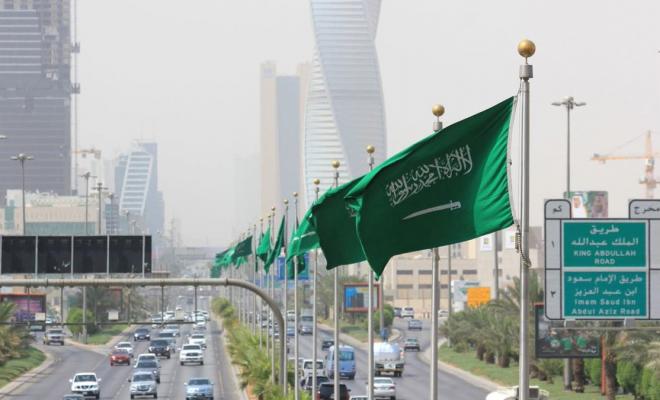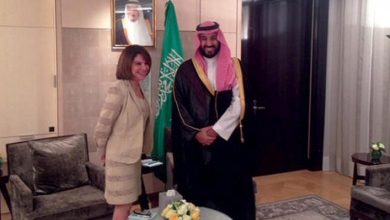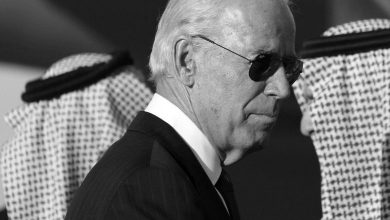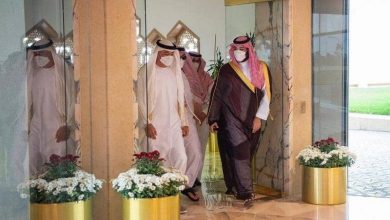Vision 2030 Failure: Fictitious Evaluation of Aramco and Sharp Decline in Foreign Reserves

The Vision 2030, promoted by Crown Prince Mohammed bin Salman, continues to face further failures as a fictitious evaluation of the government-owned oil company Aramco is revealed, while the Kingdom’s foreign reserves experience a sharp decline.
According to Bloomberg, the evaluation of Aramco relies more on illusion than wisdom, indicating that liquidity in its stocks is inferior. Moreover, the average daily trading volume for Aramco shares in 2022 was a mere $51 million, suggesting that international investors are unlikely to be interested in the upcoming additional offering of the company’s stocks.
The agency pointed out that Aramco’s valuation is “more of an illusion than a collective market wisdom,” unlike companies like Apple Inc and Microsoft Corp, which share similar market values measured in trillions of dollars and high price-to-earnings ratios.
This situation is significant because the Saudi government still, directly and indirectly, controls 98% of the company’s shares after its initial public offering in 2019. The government is currently considering whether to sell more shares.
According to the agency, the problem with Aramco lies in the quality and extent of its market discovery. In addition, liquidity in Aramco stocks is inferior, with an average daily trading volume of only $51 million during the past year.
It highlighted that trading in Aramco stocks is incredibly low compared to its counterparts. To improve stock liquidity, the Saudi government has deliberately offered stocks for sale, and the executives at Aramco are aware of this problem.
The agency considered that “Aramco doesn’t hold much value for savvy international investors.” Most of them abandoned the initial public offering in 2019 due to a lower valuation. Therefore, they will likely not be interested again if Riyadh proceeds with the anticipated offering.
Recently, it was revealed that the Saudi government is nearing the offering of an additional stake in Aramco worth billions of dollars, gaining new momentum. According to insiders, this could be one of the world’s most extensive offerings in recent years.
On the other hand, Saudi Arabia’s foreign cash reserves declined in April, marking the fifth consecutive month of decline and reaching their lowest level in over 13 years.
According to the Saudi Arabian Monetary Authority (SAMA), holdings of foreign cash reserves dropped to 1.538 trillion riyals ($410 billion).
Reserves in March were 1.645 trillion riyals ($438.7 billion); in February, they were 1.697 trillion riyals ($452.6 billion), reflecting a $42 billion decline over two months.
This is the longest continuous decline in foreign cash reserves in Saudi Arabia since 2019, bringing the reserves to their lowest level since 2010.
Reserves peaked in 2014 and have now declined by over 44%. The bank’s report indicates that this reserve decline follows a shift in how Saudi Arabia manages its oil wealth.
This indicates that Saudi Arabia has not yet used its record-breaking profits from oil sales last year, which amounted to $326 billion, to increase the Saudi Arabian Monetary Authority’s foreign cash holdings. The authorities have stated that they have not yet determined the appropriate distribution of those profits within the economy.
The foreign reserves of the Saudi Arabian Monetary Authority consist of several components, including gold, special drawing rights with the International Monetary Fund, reserves with the International Monetary Fund, foreign cash, and deposits abroad, in addition to investments in foreign securities.





